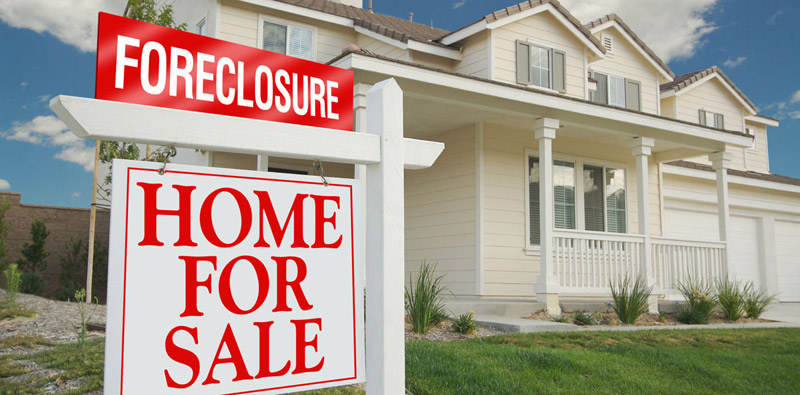
Equity home sales make up four of five sales and reach highest level in nearly six years
LOS ANGELES (July 23) – The share of equity home sales in California continued to expand in June, comprising four of every five home sales, thanks primarily to a drop in distressed sales. Meanwhile, sales of REOs fell into the single-digits for the third straight month and registered levels not seen since September 2007, the CALIFORNIA ASSOCIATION OF REALTORS® (C.A.R.) reported today.
Distressed housing market data:
• The combined share of all distressed property sales continued to decline in June, dropping to 20.1 percent in June, down from 21.8 percent in May and down from 42.2 percent in June 2012. Twenty-one of the 36 reported counties showed a month-to-month decrease in the share of distressed sales, with San Mateo and Santa Clara each recording the smallest share at 7 percent for both counties in June.
• The share of equity sales – or non-distressed property sales – continued to expand in June and now makes up four in five sales, the highest share since December 2007. The share of equity sales in June increased to 79.9 percent, up from 78.2 percent in May. Equity sales made up more than half (57.8 percent) of all sales in June 2012.
• Of the distressed properties, the share of short sales was 12.9 percent in June, down from 14 percent in May and down from 21.4 percent a year ago. The June 2013 figure was the lowest since June 2009. The continuing decline in short sales indicates more previously underwater homes are moving into positive equity as home prices remain on an upward trend.
• The share of REO sales also continued to fall, dropping to single-digits for the third straight month, down from 7.3 percent in May to 6.6 percent in June and from 20.4 percent in June 2012.
• The available supply of homes loosened in June, particularly for equity sales, but remained tight. At 1.8 months, June’s Unsold Inventory Index for REOs was essentially unchanged from 1.7 months in May. The supply of short sales inched upward from 2.3 months in May to 2.4 months in June. The June Unsold Inventory Index for equity sales rose from 2.8 months in May to 3.1 months in June.
Multimedia:
View a chart of pending sales compared with closed sales
| Type of Sale | Jun-13 | May-13 | Jun-12 |
| Equity Sales | 79.9% | 78.2% | 57.8% |
| Total Distressed Sales | 20.1% | 21.8% | 42.2% |
| REOs | 6.6% | 7.3% | 20.4% |
| Short Sales | 12.9% | 14.0% | 21.4% |
| Other Distressed Sales (Not Specified) | 0.5% | 0.5% | 0.4% |
| All Sales | 100.0% | 100.0% | 100.0% |
Single-Family Distressed Home Sales by Select Counties (percent of total sales)
| County | Jun-13 | May-13 | Jun-12 |
| Alameda | 9% | 11% | NA |
| Amador | NA | NA | 55% |
| Butte | 16% | 20% | 36% |
| Contra Costa | 10% | 9% | NA |
| El Dorado | 22% | 21% | 44% |
| Fresno | 36% | 38% | 54% |
| Humboldt | 20% | 16% | 28% |
| Kern | 25% | 25% | 48% |
| Kings | 44% | 38% | NA |
| Lake | 35% | 36% | 63% |
| Los Angeles | 21% | 23% | 41% |
| Madera | 33% | 52% | 57% |
| Marin | 9% | 8% | 20% |
| Mendocino | 33% | 31% | 48% |
| Merced | 36% | 32% | 52% |
| Monterey | 32% | 29% | 50% |
| Napa | 13% | 20% | 47% |
| Orange | 14% | 14% | 31% |
| Placer | 16% | 21% | 41% |
| Riverside | 26% | 29% | 52% |
| Sacramento | 26% | 29% | 53% |
| San Benito | 26% | 30% | 63% |
| San Bernardino | 29% | 32% | 58% |
| San Diego | 6% | 7% | 22% |
| San Joaquin | 35% | 36% | 61% |
| San Luis Obispo | 13% | 15% | 34% |
| San Mateo | 7% | 4% | 21% |
| Santa Clara | 7% | 7% | 23% |
| Santa Cruz | 11% | 10% | 42% |
| Siskiyou | 24% | 30% | 59% |
| Solano | 30% | 36% | 63% |
| Sonoma | 17% | 19% | 40% |
| Stanislaus | 30% | 40% | 61% |
| Tehama | NA | NA | 45% |
| Tulare | 27% | 37% | 54% |
| Yolo | 24% | 25% | 46% |
| California | 20% | 22% | 42% |
Click on graph for larger image

Click on graph for larger image

C.A.R.’s Distressed Home Sales information is generated from a survey of more than 70 associations of REALTORS® and MLSs throughout the state.


